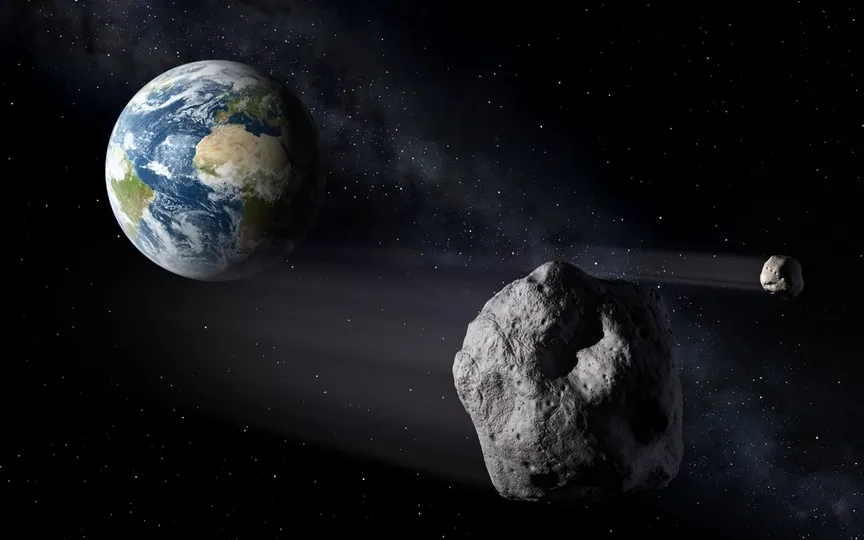Witness the Close Encounter: Asteroid 2023 VH6 Passes by Earth Today!
NASA has deployed a range of sophisticated telescopes, both on the ground and in space, to monitor and investigate asteroids primarily located in the asteroid belt between Mars and Jupiter. Among these telescopes are NEOWISE, ALMA, Pans-STARRS1, and Catalina Sky Survey, which play a crucial role in studying asteroids and minimizing uncertainties regarding their potential close encounters with Earth. Utilizing these resources, NASA has recently provided insights into an asteroid that is anticipated to pass by Earth on November 23.
Asteroid 2023 VH6 details
Dubbed Asteroid 2023 VH6, the asteroid is orbiting Earth at 26,389 kilometers per hour, which is even faster than Intercontinental Ballistic Missiles (ICBMs)! NASA expects this space rock to fly past Earth at a distance of about 2.6 million kilometers.
Although this asteroid is passing close, it is not large enough to cause panic or potential damage. According to NASA, the asteroid is 87 feet across, making it almost the size of an airplane. However, if it hits the ground, it can still cause some damage. In 2013, a smaller 59-foot asteroid exploded over the city of Chelyabinsk, Russia, damaging 7,000 buildings and injuring more than 1,000 people.
This space rock belongs to the Apollo group of Near-Earth Asteroids, which are space rocks that pass through the Earth and whose semi-major axes are larger than the Earth’s axis. These asteroids are named after the huge 1862 Apollo asteroid discovered by German astronomer Karl Reinmuth in the 1930s.
NASA has also revealed that this is not the first close-to-Earth approach of Asteroid 2023 VH6. It passed Earth for the first time on December 2, 2021 at a distance of 1.8 million kilometers. After today, it will pass Earth on November 7, 2025, at a distance of about 18 million kilometers, according to data provided by NASA’s Small-Body Database Lookup.
Importance of studying asteroids
Scientists study asteroids to learn more about the early solar system and the conditions that existed when the planets formed. Asteroids can also provide valuable natural resources such as water, metals and other minerals. Asteroid research is critical because it can provide valuable information about the early stages of solar system and planetary development. In addition, these celestial bodies may contain useful resources such as metals and water that can be exploited in future space missions.




